All about sublimation printer
Every day a large number of users are faced with the need to print photos. For this purpose, devices are used that use various methods of fixing information on a given surface. A sublimation printer, or, as it is also called, a dye-sublimation printer is just one of such devices that allows you to print photos in high resolution without loss of quality.
Is high quality always justified? Perhaps not, but if you have the need to work with bright colors and high resolution, then the sublimation process will be preferable. So, consider this device in more detail.
Content
How it works
What is a dye-sublimation printer? His work is based on the principle of sublimation, in other words, the process when a substance passes from one (solid) state to another (liquid), bypassing the middle phase (gas state).
In all cases, there is a special element inside the thermo-sublimation apparatus that raises the temperature for starting the process itself. Between such an element and thermal paper is pulled filmmore like ordinary food grade polyethylene. This film itself contains three primary colors (dye): cyan, magenta and yellow. When a print start command is received from a PC, the film heats up quickly, after the required temperature is reached, the dye evaporates. Photo paper has rather large pores, which expand even more when heated, with the result that the application of a cloud of dust consisting of paint occurs quickly and evenly. The paper picks up all the paint material, absorbing it. As soon as the printing process is completed, the pores immediately decrease in size, reliably fixing and storing information on their surface.
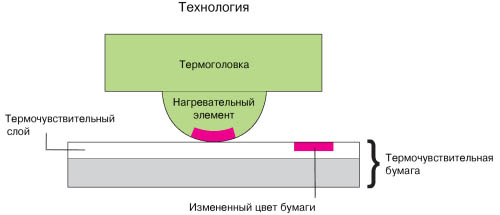
The printing process consists of three parts, the paint is not applied all at once, it happens in stages.To date, many models can insure, and complete printing with an additional, fourth run before issuing a photo. This is necessary to create a protective film on the surface of the paper, which additionally saves the image from direct exposure to ultraviolet rays and other environmental influences (dirt and fingerprints).
Almost all thermosublimation devices use a three- or four-run printing system, but the principle of operation is unchanged in all models.
Thanks to thermal sublimation, you can achieve the highest quality photos. Such disadvantages as rasterization, banding do not occur on such devices due to a different principle of operation, unlike inkjet printers, where the quality of the final product often suffers. Another constructive plus of dye sublimation printing is uniform paint coat on the surface of photo paper. There are no boundaries between the ink drop and the blank paper due to the absence of the drops themselves. The sublimation process does not apply ink to the surface, but places ink under the top paper layer, beyond which the image acquires additional protective properties,becomes resistant to fading.
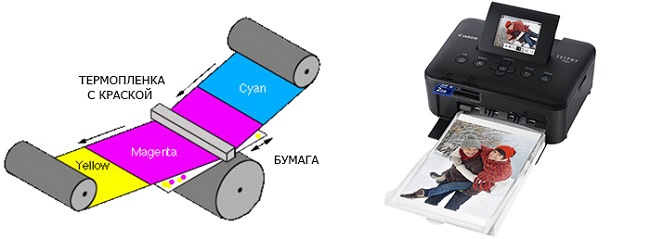
There is a special software, allowing you to perform the finest temperature settings. With this software, you can achieve unique clarity and contrast of the image, as well as display half tones and shades in a variety of gradations. Another obvious advantage is the possibility of applying almost indistinguishable light tones, a high degree of intensity of dark tones and black.
Spheres of application
Despite the fact that the principle of operation is the same for all thermosublimation devices, it is necessary to make differences in their use. There are custom printers and devices that are called professional.
Amateur suitable for small print volumes. As a rule, consumables for home sublimation printers are quite expensive, and their use is not always cost-effective. In any case, before purchasing such an expensive gadget, you need to calculate all the expenses.
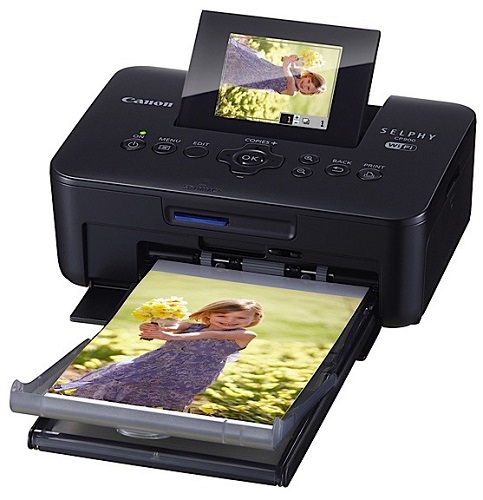
Professional devices most often acquire firms providing printing services. This is due to the fact that such devices (for example, Fujifilm products) have larger dimensions than custom equipment,therefore, they require more space and consume more electricity. The advantage of this type of technology is a relatively acceptable price tag for consumables. True, this is offset by the very high cost of the device itself, which will be affordable for far from every consumer.
The scope of thermosublimation printers is very extensive:
- small and medium print production;
- advertising and printing services;
- services of color printing (photos, books, magazines, leaflets, posters and banners) provided by private entrepreneurs.
Such widespread use is achieved due to the versatility of the sublimation method, which allows producing pictures for fabrics and plastics, and not only apply them to paper.
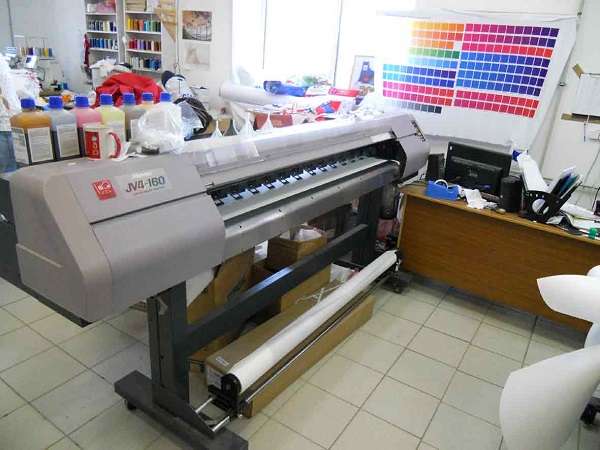
The method of sublimation in the application of images is widely used throughout the world and is becoming increasingly popular due to good quality products.
As with any complex technological solution, thermal sublimation printing is not without advantages and disadvantages. First, we list the advantages.
- Remarkable level of detail and safety of the finished photo.
- Unique color spectrum for a large number of decisions in work with a snapshot.
- Thermal tuning flexibility (if you use professional software).
- The photo itself has an upper protective layer, since the paint penetrates into its structure, moreover, thanks to modern technologies (the fourth run), one more invisible protective layer is applied over the print.
- Relatively fast printing.
- The long shelf life of the image due to its chemical composition and thermal effects during printing.
The disadvantages are also obvious:
- high cost of consumables (especially in the case of amateur equipment);
- high starting cost of the device itself (with regards to professional equipment) and the average cost of materials in the future.
What is worth buying sublimation printer
On average, owning a personal dye-sublimation printer is not cheap. Experts recommend clearly setting the tasks to be solved with the help of such an expensive device and weigh the expediency of its purchase.
For small and medium-sized businesses, the use of a thermal sublimation printer is most justified.. Paper and ribbon with paints will be expensive, but payback may occur due to large volumes of printing itself.
Suppose you want to print photos for memory. You have pictures in high resolution, but you want them to be preserved as long as possible. Looking ahead, it is worth saying that this does not happen often. Therefore, if the only reason to get a sublimation printer is to print family photos several times a year, then perhaps it would be better to use the services of the nearest printing house. After all, for the device itself you will give a considerable amount, but in the end it will gather dust on your shelf, collecting dust and taking up space.
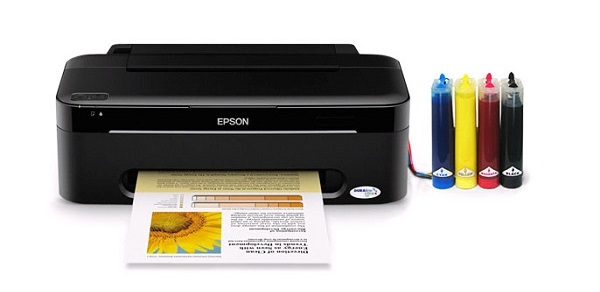
Any printing equipment is beneficial for the purchase only due to the recoupment, which comes due to the increase in printing speed. Printing on an amateur sublimation printer is more expensive than a professional one.
Consider another case. For example, you want to open a small photo kiosk in one of the malls or supermarkets. Of course, you need a quality device for printing photos. In this case, it is worth thinking about what you want to focus on: volume or quality. For printing passport photos and other everyday documents, a simpler device will do.whereas for professional work with photographs, you will need equipment of the appropriate level.
The professional-level device will never be superfluous in the printing business, but its acquisition at the start can be an unbearable burden, so if you think that at first you can do with simple technology, you can postpone the purchase of a thermal sublimation printer at the time when carve out the means.
It is important to remember that buying a printer depends largely on its subsequent destination. In other cases, for printing photos is enough and inkjet (laser) printer consumables which have a significantly lower cost.
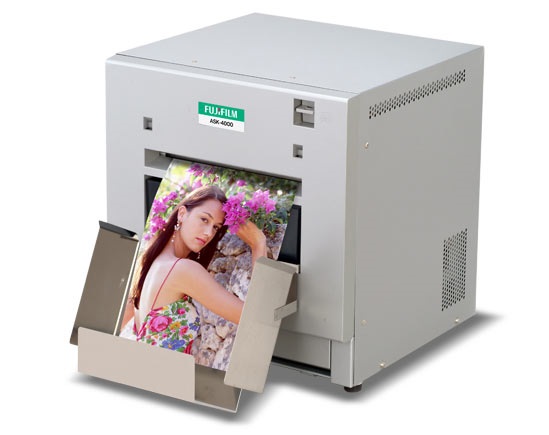
Professional thermosublimation FUJIFILM ASK-4000
Choosing the best sublimation printer
Before you buy such an expensive device, it is important to consider many factors. For example, how much it will cost to print one photo, the dimensions of the device, etc. The most common to date manufacturers of this type of equipment are three companies: Epson, Mitsubishi and Canon. A serious player in the market of printing equipment is also a Sony Corporation.its technology is very popular with private users, while the firms presented above are more focused on the corporate segment. However, Canon has a product line for home use.
Based on the reviews on the Internet, you can make generalized conclusions about what a particular model is, but you can be sure of its characteristics only by starting to use it in business. Below will be considered three models, given a brief overview of their characteristics, their advantages and disadvantages.
Canon Selphy CP910
Canon is known in the world of printing technology primarily due to the first-class quality of its products. It is hardly possible to find a print specialist who would not be familiar with the products of this company. The cost of this model is 6990r. The printer is equipped with color thermal sublimation printing technology and has a desktop form factor of performance. The maximum format of photo paper for this device is A6, it is possible to print high-resolution photos. In the presence of support for three standard colors, as well as the function "borderless printing". The model has a very high speed of work: on average, one photo is printed in 47 seconds, which is a very good indicator.As consumables used ordinary photo paper. On the case of the device there are several interfaces USB-format, as well as support for Wi-fi and AirPrint. On the rear panel there is a slot for connecting MMC and SD memory cards for printing directly from them (the “direct print” function).
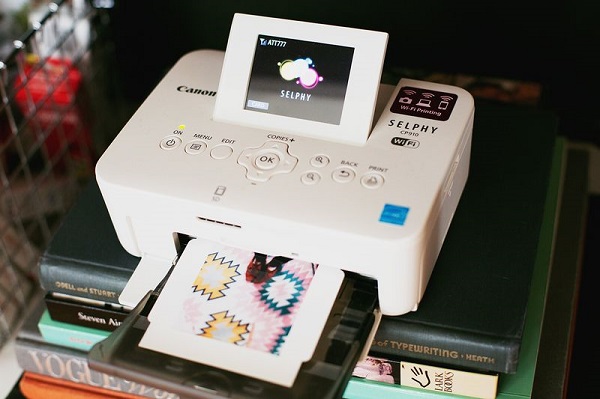
Unfortunately, there is no declared support for PostScript, which means that working with fonts can be complicated.
The printer itself works with two operating systems (Windows and Mac OS). On the front of the case is a bright display. An important feature is battery life. Peak power consumption 60W, in standby mode no more than 4W. The weight of the device is only 810 grams, so it can be classified as compact.
- stylish appearance;
- large display (2.7 inches);
- easy to carry due to small dimensions and weight;
- can work from the built-in battery;
- two types of consumables, support for rsr-sr400 and rss-sr400 formats;
- convenient and easy to learn menu;
- low power consumption.
- cost of ink cartridge and photo paper;
- poor photo editing capabilities;
- automatic image calibration in the center
Mitsubishi Electric CP-D90DW
The representative of the class of professional technology. The company "Mitsubishi" releases printing equipment long enough to perfectly understand it. This sublimation printer is a desktop printer and can print high-resolution color photos. The maximum possible print size of the image is no more than 152 by 229 mm. The number of primary colors is standard (3). The maximum resolution for black and white and color printing is the same, 300 by 300 dpi.
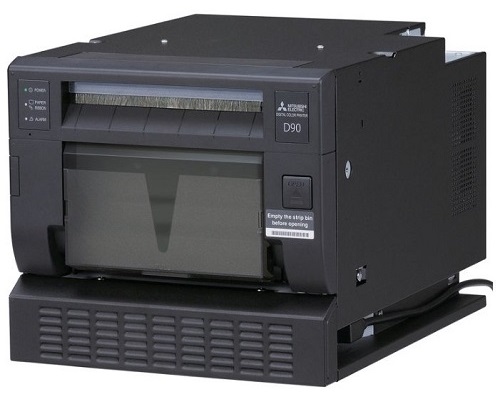
But in terms of speed, the CP-D90DW is a real record holder: he is able to print a standard 10 by 15 cm photo in just 7.8 seconds. With such indicators for the full working day, the device can carry a lot of information through itself. Printing is carried out both on photo paper and on special rolls. The amount of internal memory is small, only 128 MB. Of the interfaces, only USB 2.0 is available. Unfortunately, like the predecessor, there is no support for “post script”, so there may be questions about working with fonts. The device works with two operating systems (Mac OS and Windows, support for Unix and Linux systems is not declared). The weight of the device is slightly more than 14 kg.
- top print quality thanks to the most advanced technologycompanies;
- high reliability of the device;
- high performance (fast printing);
- easy to manage;
- long warranty period of service;
- a wide range of supported cartridges and toners;
- fast printing without loss of quality.
- high cost of consumables;
- it is difficult to get cartridges;
- high cost of the device itself.
Sony DPP-FP67
Top 3 Leader - Sony Dye Sublimated Printer. Model DPP-FP67 is positioned as a device for home usehowever, it is also possible to use it in a small office. For a large company the modest capabilities of this gadget are hardly enough, for this it is not intended. Even the manufacturers themselves recommend using the model only for personal purposes, without overloading it. The price tag on the device stopped at a reasonable amount of 6500r.
The presence of a color matrix allows you to take photos of excellent quality. Form factor table. The largest print format is the standard A6. The work with colors takes place according to the classical thermosublimation principle, which is based on 3 primary colors. The device works in "no-floor" mode. A medium size photo will have to wait noticeably longer than a model located above — 63 seconds.The device delivers photo paper of 20 sheets. Of the interfaces on the rear panel, only classic USB 2.0.
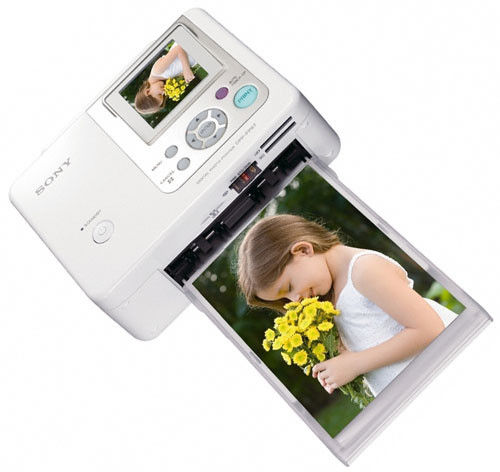
Sony company has always been famous for its expanded support and work with portable sources of information. We can safely say that the tradition continued in the case of the DPP-FP67: the number of formats supported is impressive, and you can print directly from memory cards and flash drives. The device does not support the "post script" and works only on Windows. On the front side there is a convenient display on which all the main commands are displayed. Peak power consumption of 72W, and in standby mode only 1W. The weight of the device will be appreciated by fans of portable technology - only 1 kg
- The optimum ratio of price and quality;
- stylish appearance;
- excellent quality of finished photos;
- reliability;
- low power consumption;
- the device does not make loud sounds even at maximum load;
- easily transferred from place to place.
- difficulties may arise with the support of different editions of Windows;
- few settings in the software;
- hard to buy cartridges and photo paper.
As can be seen from the above, the sublimation printer has already gained high popularity, and the demand for it is only increasing, however, as well as the scope.This device can be easily purchased if you want to open a small kiosk for printing photos. The choice of models is quite wide, for every taste and wallet. The main thing before buying is not to rush and carefully weigh the pros and cons.

/rating_off.png)











